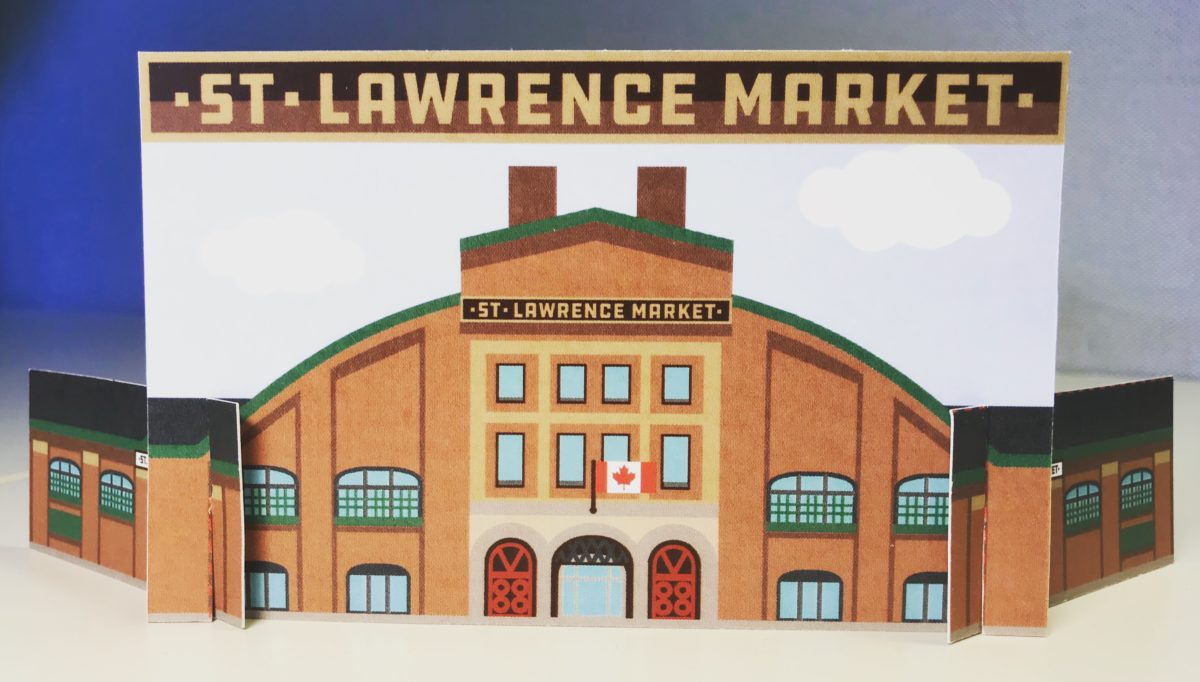I have seen my retirement. It is delicious.
He used to hang around Yonge & Eglinton in Toronto, but I haven’t seem him in a long time. I don’t visit midtown much since moving out in 2010, so I don’t know what became of him.
The first time I saw him, I couldn’t decide whether he was homeless or a millionaire. He looked in his late 50s, with a smoothly shaved head, a deep, lurid tan, an earring and a big belly. His clothes were on the rough side of casual, but not ragged. He seemed to be everywhere: at the hot dog cart, occasionally helping the owner; on the corner watching the world go by; installed in shops here and there.
Everywhere I saw him, he was talking to people, casually and easily, like an old friend catching up, without a care in the world. His whole reason for being seemed to be to watch the world go by.
His Lordship, The Mayor
I nicknamed him “The Mayor,” because he acted like he was in charge of the neighbourhood, somehow responsible for its smooth operation, relying on a mix of casual observation and small talk. He seemed so natural and at ease, with no pressing or prior commitments, in some kind of laid-back, Buddha-bellied communion with the neighbourhood and its people. I thought, “That’s what I want to do.” I want to be the mayor of somewhere.
Of course, maybe none of that was true. Maybe he was homeless and had nowhere else to go. Maybe he was injured and on disability, with nothing to do but kill time. Maybe he really was a millionaire, and enjoying his neighbourhood was his idea of a plum retirement. I like to think the latter was true, because the idea of spending my golden years tending my neighbourhood appeals deeply to me.
My neighbourhood has none of the yuppie ambition or sleek lines of Yonge & Eglinton. Gentrification has largely passed it over, thanks in no small part to a mix of public housing and heritage protection. In my neighbourhood you’re as likely to run into a busker with three teeth and a sailor’s mouth as you are a bright young thing from condoland. There isn’t the variety of chic boutiques Yonge and Eg has sprouted, but the hustlers and collectors at the antique market will sell you anything from Roman coins to Tinkertoy for the right price. My hood lacks the pretense that dogs much of Toronto, and the epicentre of that authenticity is its eponym: St. Lawrence Market.
Still Life with Pork Chop
The Market holds a special place in my heart, grown over four years of living next door. My wife and I took most of our wedding photos inside, she in her immaculate white wedding gown trailing across the scruffy concrete, me in my tux. Our favourite photo features us posing in front of rows of pork chops at one of the butchers.
There’s nothing elegant about the Market. It resembles nothing so much as a cross between an overgrown barn and a collection of roadside stalls. Any ambience is a byproduct of the chaotic jumble of boxes and people crammed into a city block, hitting a fever pitch Saturdays when Toronto descends en masse.
Duelling green grocers try to establish whether you’re inadvertently trying to pay for the other guy’s zucchini. Boxes of spices overflow in the basement bulk shop, surely Toronto’s cheapest aromatherapy. A butcher rings a cowbell seemingly at random. Is it to celebrate a significant sale? Does it mark the hour? Is it just random boredom? Who knows?
The Stories that Make a Place
I’ve discovered the Market’s idiosyncrasies and details, both cryptic and trivial, over the years, like the name of the flower guy I buy a rose from each week for my wife. I know where the prison used to be when the Market was Toronto’s town hall, shackles hanging from the wall. I’ve learned that if you wait till 3:00 on a Saturday, you can find fish that’s been marked down at least once, and maybe twice. I know that the German-sounding deli is actually run by a Greek family. (“Odysseus” is the best name ever for a cheese-monger. It makes me think of some intrepid soul embarking on a ten-year journey to bring back the finest Camembert from around the globe)
Farther afield is the lunch place I visit each Saturday, where the owner knows my order before I even set foot inside (chicken salad with an extra falafel), and the barber who regales me with the latest on which businesses are moving in or out.
That’s what makes a place a neighbourhood: people and their stories. A neighbourhood needs context and history, roots and randomness, knit together by people you want to get to know. It never ceases to amaze me that in a city as big and cool-to-the-touch as Toronto, there are still places like that. That’s why when I think of what I’ll be doing when I’m 65 (if I’m still around, healthy and financially solvent) the thought of just being a part of the place appeals to me: sampling the cheese at Scheffler’s, listening to the guitar player compete with the Dixieland combo for change, recognizing toys from my childhood at the antique market, helping out here and there if people need a hand. The thought of becoming part of the neighbourhood by becoming one its stories makes me happy.
Maybe I should visit Yonge & Eglinton to see if the mayor’s still around. Maybe I can tease his story out of him, and find out if I was right. It’s probably better if I just leave his story in my imagination intact, because if I’m right and he was (or still is) the Mayor of Yonge & Eglinton, I feel like there’s a precedent, and maybe I can become the Mayor of the Market.



